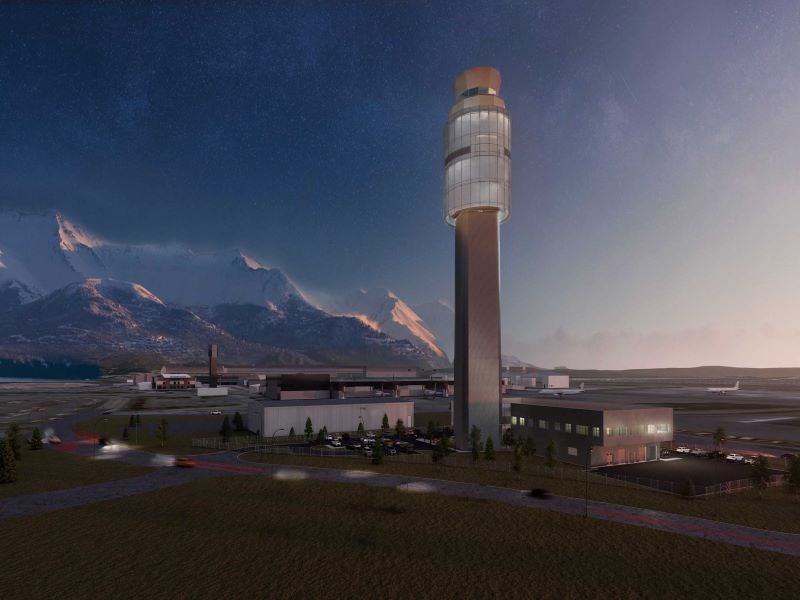
Stantec has secured an architecture and engineering design services contract from the Federal Aviation Administration (FAA) in the US.
This contract has been awarded for the new airport traffic control tower (ATCT) and terminal radar approach control base building (TRACON) in Anchorage, Alaska.

Discover B2B Marketing That Performs
Combine business intelligence and editorial excellence to reach engaged professionals across 36 leading media platforms.
The facility will be responsible for air traffic control at Ted Stevens Anchorage International Airport (ANC), which also features the Lake Hood Seaplane Base.
Claimed to be the tallest structure in Alaska with a height of more than 300ft, the new ATCT will be clad with a durable metal panel rain screen and glazing.
The tower also features additional space for supervisory and support staff, as well as National Air Traffic Controllers Association representatives.
Next to the ATCT, a two-storey building will be constructed to serve as a base for radar-approach operations, environmental and administrative functions.

US Tariffs are shifting - will you react or anticipate?
Don’t let policy changes catch you off guard. Stay proactive with real-time data and expert analysis.
By GlobalDataThe 35,000ft² building will consist of a metal panel rain screen exterior façade besides a low wall and roof-to-floor area ratio to enhance energy efficiency.
Stantec airport practice principal Alex Thome said: “This facility is critical to the future safe movement of millions of passengers and much of the air cargo entering and exiting the US.
“Combining Stantec’s Alaska-specific design experience from our Anchorage staff with our global aviation-design expertise allows us to provide the FAA the best of both worlds.”
ANC, which is the gateway to Alaska and the US, handles around 5.7 million passengers and over three million tonnes of cargo per annum.
Designed to accommodate four air traffic controller positions, the existing tower was built in 1977.





